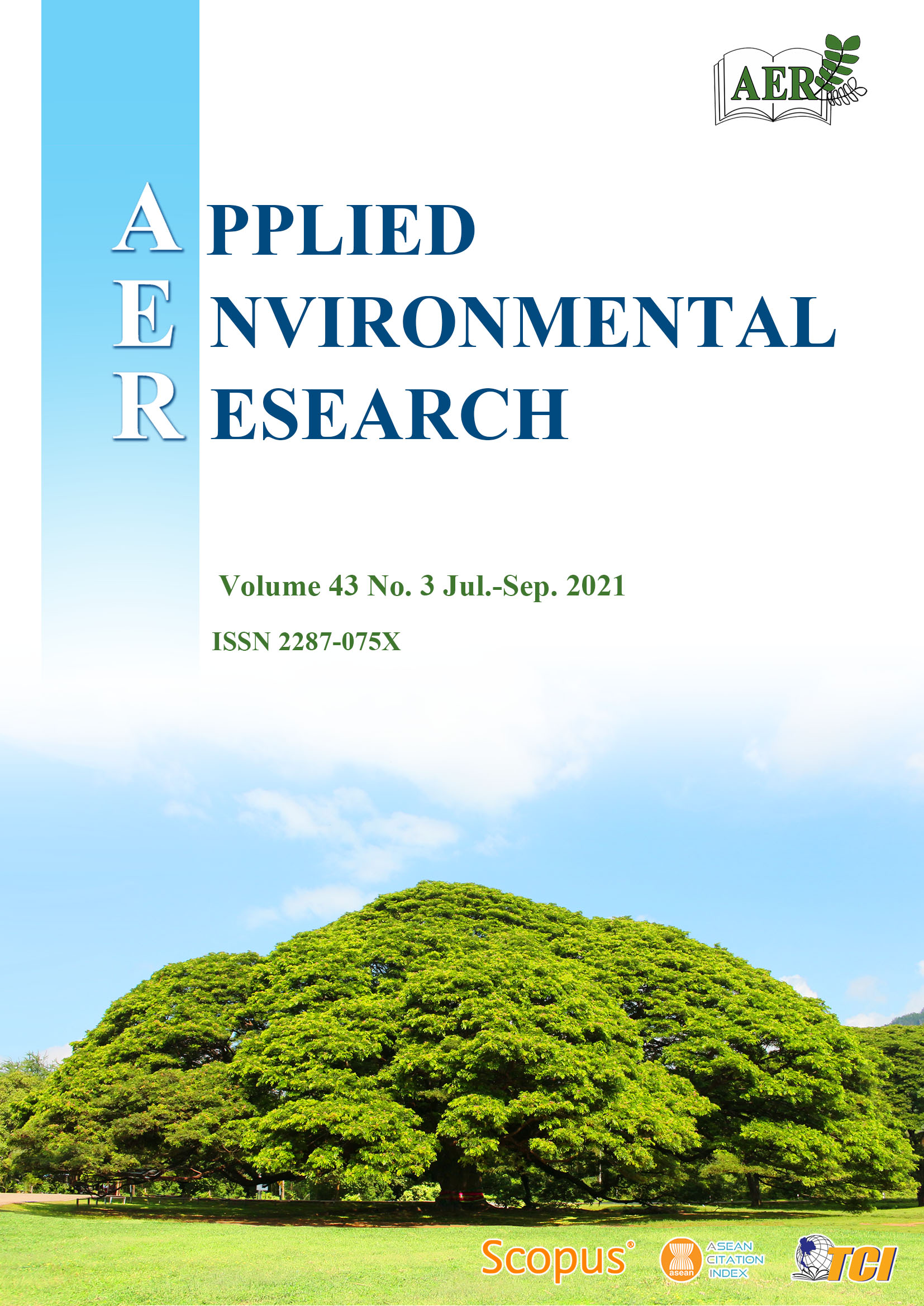Biochar from Rice Husk as Efficient Biosorbent for Procion Red Removal from Aqueous Systems
Main Article Content
Abstract
Numerous reports have elucidated the use of biochar (BC) to adsorb dyes from wastewater. However, its applicability for adsorbing Procion Red, which causes carcinogenic and mutagenic effects on aquatic life, has not been studied. In this work, biochar produced from rice husk in Sumatera, Indonesia was used as a biosorbent for Procion Red removal from aqueous systems. Rice husk-BC was characterised using X-ray diffraction (XRD), Fourier transform infrared (FTIR) spectroscopy, surface area specific analysis, and scanning electron microscopy (SEM) for mor-phological analysis. The characterisation showed a (002) reflection peak at 2θ = 23° with broad and quite intense diffraction, which indicates reflection of electromagnetic waves by silicates, oxides and carbon present in the rice husk-BC. The surface area and SEM morphologies confirm that after pyrolysis, the surface of the rice husk changed. The FTIR spectra confirm the presence of functional groups such as the carboxylic acids and aromatic compounds. The surface area of rice husk-BC was up to ten times that of its raw material. The results of adsorption studies indicate that adsorption of Procion Red on rice husk-BC follows a pseudo-second-order (PSO) reaction with a rate constant of 0.044 min-1 and Langmuir isotherm models with a coefficient of correlation close to unity. The maximum adsorption capacity increased from 36.900 mg g-1 for the rice husk to 84.034 for the rice husk-BC. Thermodynamic analysis showed positive enthalpy and entropy, indicating that Procion Red adsorption is endothermic; thus, the Gibbs energy values decreased with increase in temperature, indicating that high temperatures are favourable for the adsorption process. Furthermore, the study of adsorption of Procion Red on rice husk-BC and regeneration of the adsorption capacity of rice husk-BC showed the largest drop in the fourth and last cycle.
Article Details

This work is licensed under a Creative Commons Attribution-NonCommercial 4.0 International License.
Published articles are under the copyright of the Applied Environmental Research effective when the article is accepted for publication thus granting Applied Environmental Research all rights for the work so that both parties may be protected from the consequences of unauthorized use. Partially or totally publication of an article elsewhere is possible only after the consent from the editors.

